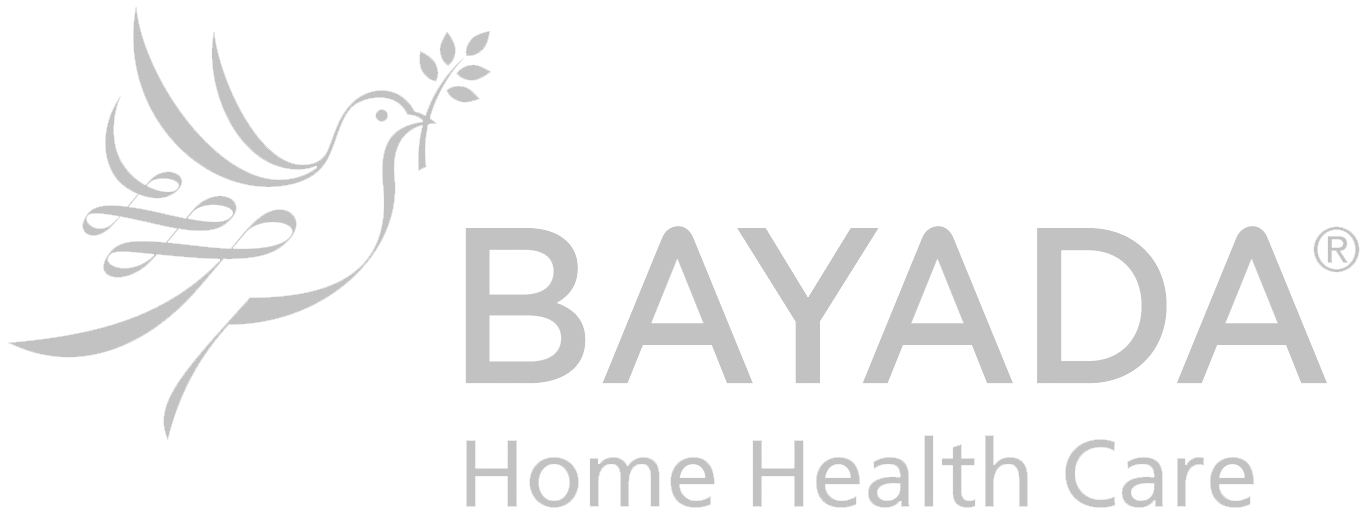911 Emergency Call Center – Friend or Foe?
- byNick DAlleva
- onJuly 7, 2014
- inCall Center Operations
Scenario 1.
You’re vacationing in New Orleans when you are stung by a bee and your airway begins to swell. You need a shot of epinephrine right away, so your spouse dials 9-1-1.
Scenario 2.
It’s July in L.A. You’re having a barbecue out by the pool when suddenly Uncle Jim, who had been complaining of tightness in his chest, doubles over and loses consciousness. Common sense says that in order to get Uncle Jim the help he needs and fast, you should dial 9-1-1.
Since 9-1-1 service was implemented in 1968, state by state, we’ve been taught to dial it in case of emergency. Whether it’s a fire, a crime, a heart attack, or an accident, 9-1-1 is the fastest, most effective way to receive lightning speed assistance. But is that really the case?
Section 3.1 of the National Emergency Number Association’s (NENA) Call Answering Standard states that 90% of all 9-1-1 calls arriving at the Public Safety Answering Point (PSAP) should be answered within ten (10) seconds during the busy hour (the hour each day with the greatest call volume), and 95% of all 9-1-1 calls should be answered within twenty (20) seconds. Yet in some places, that benchmark may as well be written in the sand. Research indicates that for many cities across the nation, calling 9-1-1 when you are in jeopardy is a crapshoot. And even if operators do get to the phone in a timely fashion, it doesn’t necessarily mean help will arrive before things go south.
Let’s take a closer look at a few of the reasons why some areas’ 911 emergency response service needs some help.
911 Call Center Locations: New Orleans
Back in 2010, budget cuts forced New Orleans Police Superintendent Ronal Serpas to lay off almost half of New Orleans Police Department’s 9-1-1 operators, leading to a significantly understaffed call center.
They are so understaffed, in fact, that according to an internal report, there have been instances where callers had to wait over 8 minutes for help. In addition, several hundred people each month hang on the line for more than a minute before anyone picks up. Making matters worse, call center attrition rates are high (the turnover rate in 2013 was a whopping 50%) and it takes about 4 months to train new operators. So, with 440,000 calls received every year, and only 36 call center operators as of March 2014, those odds are pretty bad.
While there is a nationwide standard measure for answering a 9-1-1 call, there is no nationwide standard for measuring emergency response time – in other words, the amount of time elapsed between when emergency services personnel are dispatched, and when they begin treatment.
According to a study of the country’s 50 largest cities, by only reporting the time it takes for an emergency crew to drive to the scene, many cities distort the actual time passed from the initial phone call to the moment the patient receives care. L.A. is one of those cities.
911 Call Center Locations: Los Angeles
In early 2010, the Los Angeles Sheriff’s Department slashed its budget by $128 million, resulting in an obvious declination in response times. While in 2009 the response time for a 9-1-1 call was 4.9 minutes, by the end of 2010, it had grown to almost 6 minutes.
The Los Angeles Fire Department hasn’t fared much better. A 2012 investigation found that the LAFD fell short of the national standard requiring that rescue units be notified within 1 minute on at least 90% of 9-1-1 calls. The analysis showed that between 2007 and 2012, medical emergency call processing time increased considerably.
One problem may be that callers have to jump through hoops before a dispatcher can send help. An abundance of long and confusing questions await the 9-1-1 caller, and dispatchers are forced to follow protocol, asking each question and recording an answer before the computer program will allow them to get to the “dispatch” part. However, this extensive series of questions was developed following the 1987 death of a Chatsworth woman, who died because 9-1-1 operators didn’t ask the right questions and all but dismissed the family’s three calls for help.
Dr. Jeff Clawson, a Utah physician and expert in dispatch protocol, was hired by the LAFD to implement this architecture – a system that is also used by many cities across the country as well as internationally.
So, in the Chatsworth case, the flippant operators were flawed. And maybe the system was, too. Regardless, you can’t examine 9-1-1 protocol and response times without factoring in human error.
911 Call Center Locations: New York & Denver
In a 2013 crash resulting in the death of a 4-year old girl, New York’s 9-1-1 system wasn’t at fault. The dispatcher was. A call for help came in at 8:15 a.m. after the child had been hit on the sidewalk by a teenager in an SUV, who was fleeing from police. That call sat on the dispatcher’s computer screen until 8:19 a.m., when another dispatcher noticed it.
It appears that at some point, the dispatcher got up from his desk and thus, did not see the call come across his computer screen. Sadly, the 4-minute delay in sending out the ambulance proved to be too many minutes for that little girl.
On April 14 of this year, a Denver woman, at home with her husband and three young children, called 9-1-1 reporting that her husband was high and talking like it was the end of the world. He had asked her to retrieve his gun from the safe and shoot him. She relayed the urgency of the situation to the operator, asking her to “please hurry” and send officers because she was afraid of what he might do.
The woman held on the line for nearly 13 minutes before her husband went to retrieve the gun himself, and shot her in the head. Now, while officials say that a 13-minute response time is average for Denver, which is about the amount of time it took for the first officer to arrive on the scene, in this case the dispatcher failed to verbally convey the seriousness of the Priority 1 call. Patrol cars are outfitted with computers, and as information from 9-1-1 is typed into the system, it appears on screen. The trouble is, it’s not safe for officers to be en route to a scene while simultaneously trying to read the computer screen. Had the dispatcher provided verbal updates, a woman’s life may have been saved. At the termination hearing following the incident, the dispatcher tendered her resignation, and her dismissal letter was withdrawn.
Dispatcher error in New York and Denver. Antiquated intake systems in Oregon and Philadelphia. Even glitches in new call center programming. Any number of things could cause delays in emergency response services, and budget cuts seem to be a common scenario for many cities, including New Orleans, Los Angeles, and Minneapolis. But what happens when your city literally goes bankrupt?
911 Call Center Locations: Detroit
When a 9-1-1 call comes in, every second counts, especially in the case of cardiac arrest. Did you know that emergency medical systems in a majority of the United States’ 50 largest cities save only 6% to 10% of victims of sudden cardiac arrest?
The Mayo Clinic reports that once the heart has short-circuited and is in the unstable rhythm known as ventricular fibrillation (v-fib for short), the patient has approximately six minutes to live unless the heart is shocked back into stable rhythm. Six minutes! So, if you’re planning on having a heart attack, make sure you’re not in Detroit when it happens.
Of course no one plans to have a heart attack, or any other serious injury or condition. But if you live in Detroit, you’d better start planning your own 9-1-1 hierarchy, consisting of family, friends, or neighbors who can come to your rescue. Citizens joke about the odds of an ambulance appearing quickly, if at all. With an amassed $18 billion dollar debt and Chapter 9 filing, residents have said that the city is past being a city – it’s just plain gone.
For Priority 1 calls, situations that require immediate attention, Detroit’s police department averaged a 58-minute response time in 2013, and only 10 to 14 of the city’s 36 ambulances were in service. It’s no wonder citizens have taken it upon themselves to find their own way to the hospital. With abandoned firehouses, vacant streets, and certain neighborhoods in Detroit continuously making the infamous most dangerous neighborhoods in America list, people simply know better than to rely on 9-1-1. One man stated, “If you have a heart attack, you’re dead. There is no such thing around here as ‘in case of emergency.’ ”
Well, after that brief and rather scary tour of 9-1-1, what’s the moral of the story? It depends on how things shake out in your neck of the woods. The advent of 9-1-1 has most certainly saved more lives than anyone could count; however, no matter how successful your city’s emergency services department is, it never hurts to have your own contingency plan, especially during citywide emergencies. And if you live in a place that has a rotten track record, you might want to think twice before dialing 9-1-1 in the event of an emergency. It could get you killed.
Get started with SAS. Free 14-day call center trial.

Live call center support grows brands.
24/7 live call center services let you engage with your customers around the click. Grow your business and strengthen your brand with SAS.




